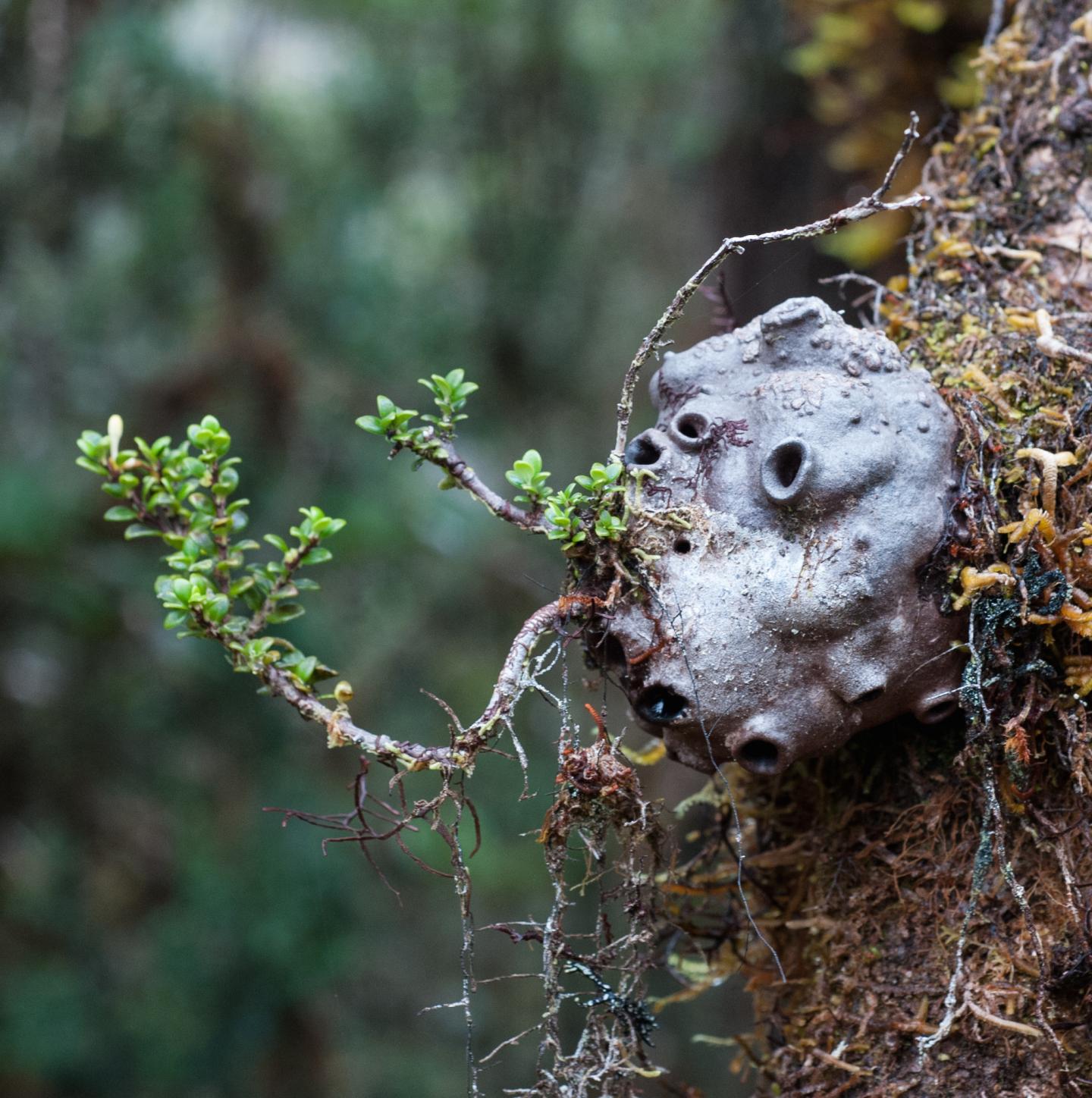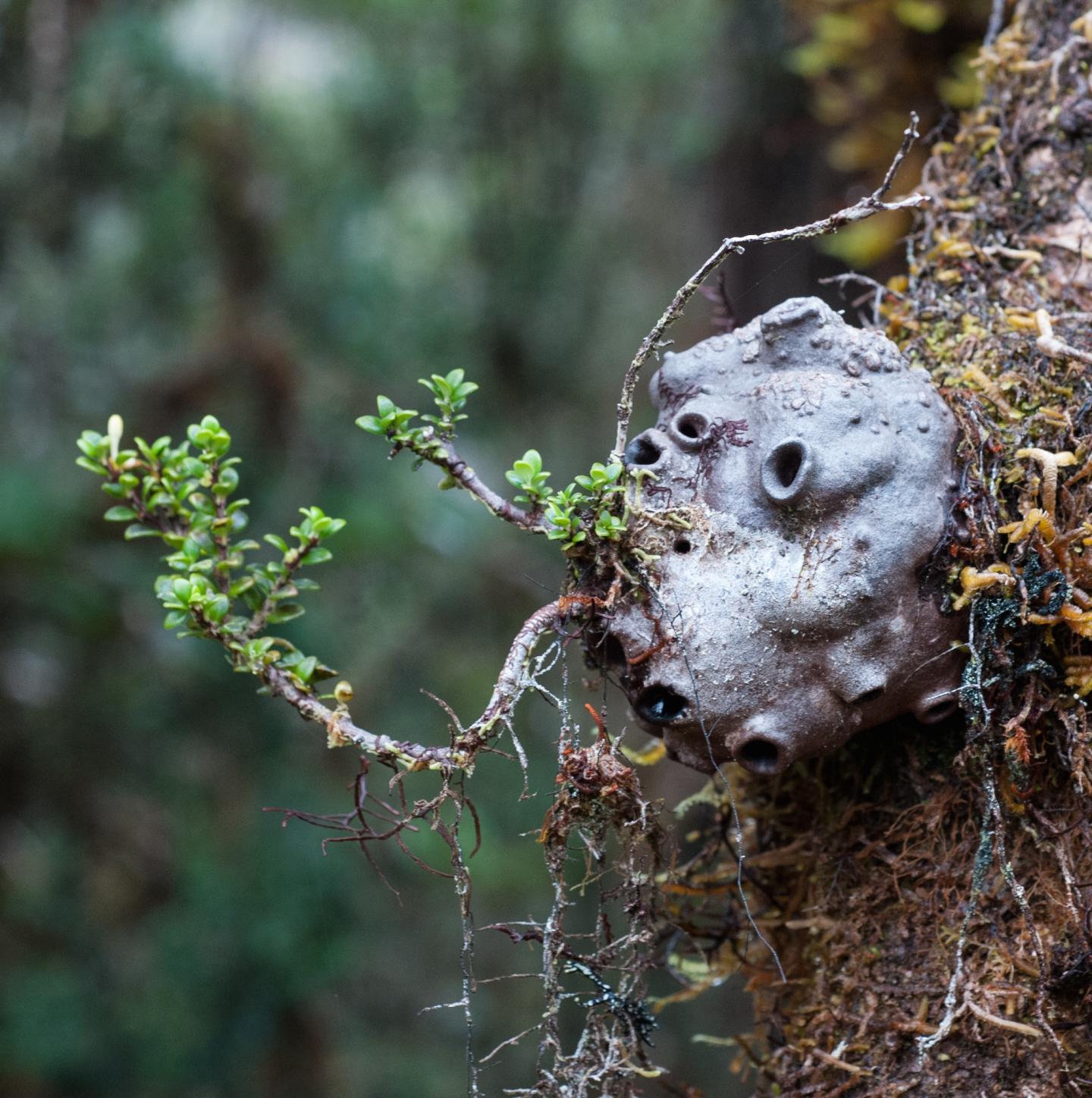
Credit: Dr. Ulrike Bauer (University of Bristol)
Many ant species live in often highly specific symbiotic relationships with plants from which both partners benefit. Researchers of Ludwig-Maximilians-Universitaet (LMU) in Munich now reveal that such selective interactions can break down over the course of evolution.
In the higher reaches of the trees in tropical forests nutrients are hard to come by. Many epiphytic plants solve this problem by forming symbiotic relationships with ants, that is, relationships that involve the close and long-term living together of two species. The plants provide their insect partners with shelter and a supply of nectar, while the ants return the favor by serving as a source of fertilizer – in the form of fecal matter. An understanding of how these symbioses originate, evolve, and break down yields insights into the ecological and evolutionary factors that underlie biotic adaptation. LMU biologists Professor Susanne Renner and Dr. Guillaume Chomicki have addressed the question under which conditions ant/plant relationships dissolve rather than persist and evolve further. Their findings appear in the journal PNAS.
The angiosperm family Rubiaceae contains the highest diversity of ant plants, and the new study focused on those in the subtribe Hydnophytinae, of which some 100 species are found in southeast Asia and Australasia. These epiphytes form hollow tubers, known as domatia, with preformed entrance holes, which give access to a network of galleries that provide the ants with protected nesting space. Some species harbor only one particular ant species – and may depend on that symbiotic partner for their own survival. Other host species are generalists and give homes to members of a variety of ant genera. The selectivity filters for particular ants probably involve chemical cues, but the key factor determining whether a tuber can serve as ant house is the diameter of its entrance holes, which is determined by and characteristic for the host plant species. Very narrow entrances prevent all potential tenants other than ants from taking up residence. Domatia equipped with bigger portals offer less exclusive living space, as they are open to a wider range of tenants, including larger animals, such as tree frogs.
Renner and Chomicki measured the sizes of the portals in a large selection of Hydnophytinae species, and analyzed their mutualistic strategies. They also took advantage of the molecular clock (which allows instances of species divergence to be dated based on the numbers of mutations accumulated over time) to reconstruct the evolutionary history of the host species. The results revealed that, "over the course of the past few million years, partnerships between epiphytes and ants have broken down at least 12 times," Renner says. "This conclusion is based on the observation that the domatia of evolutionarily older species have smaller entrance holes than those of some of the species that are derived from them."
Strikingly, the researchers noted that species of Hydnophytinae that grow at altitudes higher than 1500 meters tend to form domatia with larger access holes. "In fact, the higher the altitude, the larger the entrance holes," says Renner, "while the numbers of ant occupants fall with increasing height." Both the diversity and population sizes of tropical ant species decrease with altitude. Renner and Chomicki therefore assume that the change in the size of access holes with altitude represents an adaptive response to the change in the composition of prospective tenants. This in turn indicates that symbioses with ants break down when the plant partner begins to exploit ecological niches located at higher altitudes. Furthermore, the ability to colonize new habitats itself implies that the host is not entirely dependent on the services provided by its ant partner.
###
Media Contact
Luise Dirscherl
[email protected]
49-892-180-3423
http://www.uni-muenchen.de
############
Story Source: Materials provided by Scienmag





